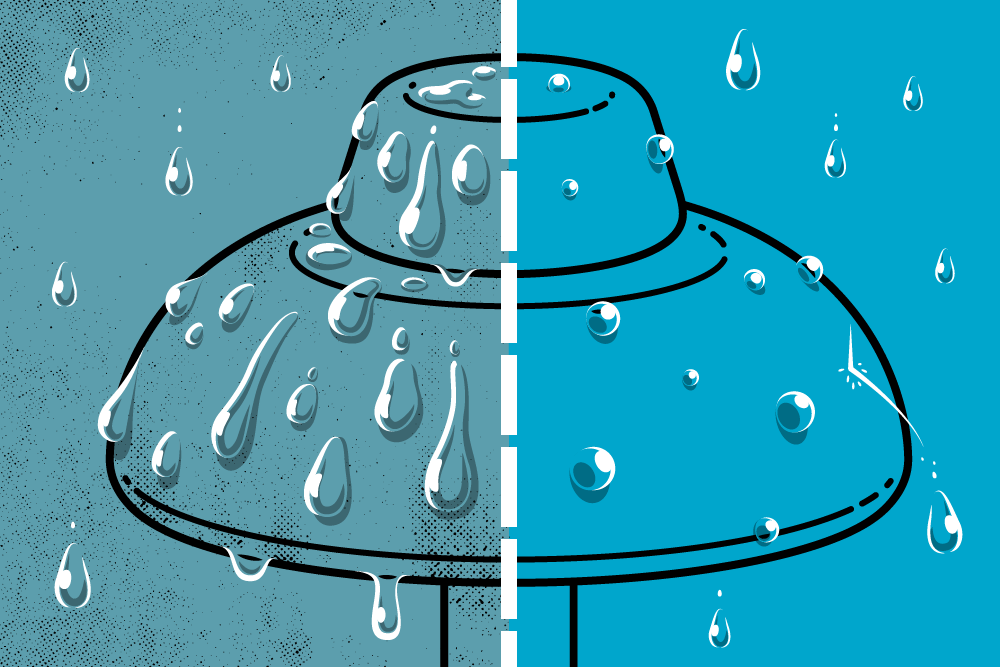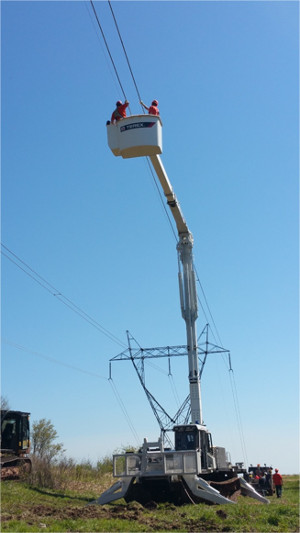‘Super’ Coatings Perform Well in the Lab and Field


Power delivery components may soon have a new shield against ice and dirt accumulation. In laboratory tests, superhydrophobic and icephobic coatings performed well on insulators and conductors, pointing to their potential to enhance grid reliability and reduce maintenance costs.
EPRI evaluated 12 manufacturers’ coatings, selecting the four that performed best for laboratory and field testing. In the laboratory, the coatings were applied to glass and aluminum samples, sections of new and aged aluminum/steel conductors, and porcelain insulators. They were subjected to high humidity, temperature cycling, ultraviolet light, salt fog, and electrical and mechanical stresses. All coatings effectively reduced dirt contamination and ice formation, and none failed. They were shown to have a life expectancy similar to that of currently used coating technologies. Aged and new components with coatings performed comparably.
Field tests still in progress at six utility sites in New York, Georgia, Alabama, Wisconsin, and North Dakota have demonstrated that the coatings can be applied effectively to in-service transmission and distribution insulators and conductors. In some tests, the coatings have shown enhanced protection against contamination. Leakage currents have not increased on insulators.
Additional data on field performance are still needed. Emerging coatings and surface modification techniques show greater promise and need lab and field assessment.
Key EPRI Technical Experts:
Erika Willis
For more information, contact techexpert@eprijournal.com.
Artwork by James Provost

